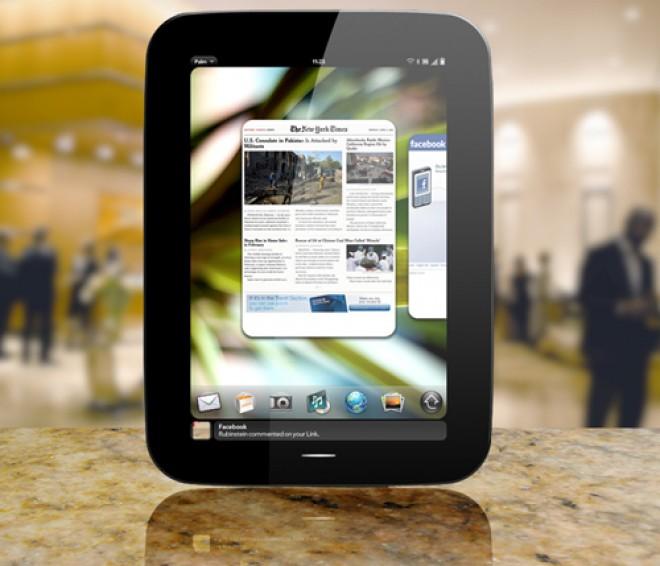
Every few weeks or so, we hear a little more about Palm's rumored webOS tablet. At first thought, it was a nerd's dream come true. A beautiful OS that delivers the ultimate multi-tasking experience in tablet form. Then along comes the PlayBook to spoil Palm's party. The PlayBook's QNX software somewhat resembles that of webOS with it's card-like windows, it still has some of the famed BlackBerry aspects, and it does the PalmPad one better, not only can it multi-task, it is multiprocessing.
So what can Palm do to make people want their tablet? To be honest, I can't think of anything that would make me want a PalmPad over a PlayBook or that sweet, sweet Motorola Honeycomb tablet. Even though I never felt compelled to install a lot of applications on my Galaxy Tab, both Android and BlackBerry come with more refined application stores, and nothing even needs to be said about the iPad's App Store. Again, Palm's lack of application support may hit them where it hurts.
Palm has been hard at work with webOS 2.0, which should come along with a bag of improvements and modifications, but what does that mean for the tablet? Will it be running the same version of webOS? Will it be skinned differently? One of the largest drawbacks of the modern tablets like the iPad and Galaxy Tab is how the OS does the large display little to no justice. While I'll argue that Android's UI is a better fit for the tablet form, neither take advantage of the extra real estate. I will say that Honeycomb, the next Android update, should change that opinion about Android though. This is where the PalmPad will have room to throw around some extra weight, that is, if they realize the opportunity.
Not many will disagree with the fact that webOS is a beautiful and user-friendly OS. It's easy on the eyes and has some awesome features that other touch-based OSes have missed the mark on. By far the most impressive thing about webOS is gestures. Swiping from the gesture area to mid-screen while in any application brings up a cool looking, wavy quicklaunch bar. Swiping entirely across the gesture area from left-to-right or right-to-left will switch applications, in the order they were opened. If Palm can build upon this, they could hit a technology gold mine.
Palm's OS definitely has some unique benefits, but nothing that really carries enough weight to sway buyers to their product over competitors. Standing in the shadow of RIM's PlayBook is something they're going to have to change quickly. It offers nearly everything webOS does, but in a more appealing package. Some people will buy Palm's tablet and will more than likely be pleased with the end product. But in a world where there are three different tablet contenders (in terms of OSes), Palm is going to have to pull something out of their bag of tricks to survive in the tablet realm.